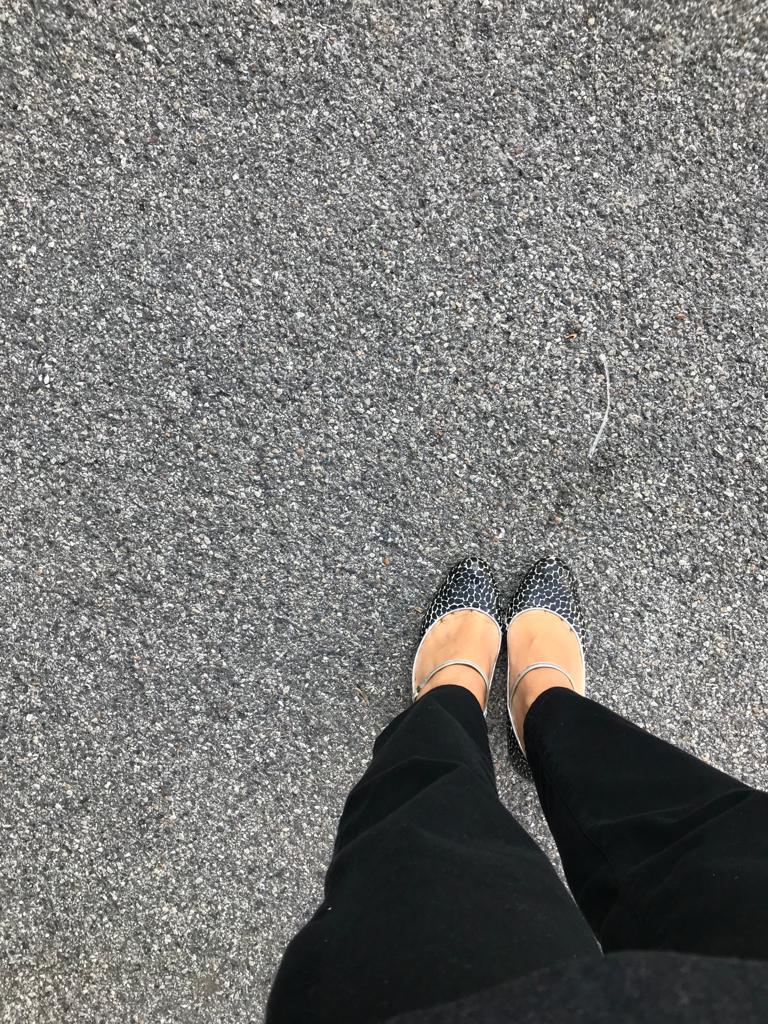Beauty, business & role models
It is interesting to analyze beauty, business and how they forge modern mainstream role models. So they say.
Business and beauty standards are intertwined. Indeed, it takes deep reflection in order to have a better understanding of this connection and the role models it produces.
Recently ‘The Wall Street Journal Magazine’ praised Kim Kardashian as a beauty and business role model. Maybe indirectly as a beauty icon, but that was the message they sent.
Though it caught our attention, it wasn’t without a certain bitterness.
Of course, it’s good to read different perspectives. But is it for real? Not a joke?
Modern role models or business?
Well, we want to assume that maybe some paid advertising is the motivation for those compliments. Otherwise, we do not see any other reason for choosing a figure like that as a role model, a powerful example of a businesswoman.
We don’t want to talk about why or how she became famous. That universe is not part of our vision, and we prefer to direct our energy towards something more interesting.
However, what we find disturbing is that she, and the whole family, have lost any trace of human identity because of plastic surgery abuse.
We wonder, is that a role model we should admire? Should we want to be like them?
But let’s imagine the younger generations, what we are telling them. ‘Hey, if you want to be accepted, have a good career, and become popular that’s the way to do it!’
Most importantly, it is depressing that magazines cannot find any better role models for women.
It’s not clear if healthy role models are lacking or if, intentionally, the model we want to push forward is that one.
No, we don’t believe positive role models are lacking. Many in the media don’t want to see them. For sure, it’s more convenient to stick to the plastic doll.
Beauty, business & role models Read More »


